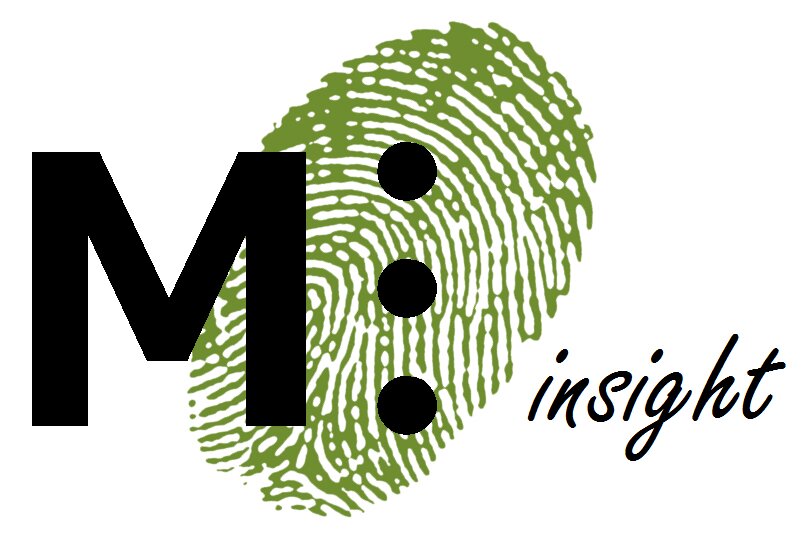
MOLinsight
Welcome
The MOLinsight web portal is a gateway to open-source and freely accessible software for blind and visually impaired students to process chemical structures. Here you will find documentation, guides, and recommended programs to empower learning and research.
Software
How to do common tasks?
- Guidelines to interpret a molecular structure
- Guidelines to build a molecular structure
- Verify if two chemical structures in different file formats are the same
- Get information about properties of a molecule (e.g. molecular weight, exact mass, number of atoms, logP)
- Interpret the stereochemical features of a molecule
BrailChem
BrailChem is a client-server app for visually impaired users. It supports IUPAC, SMILES, CDXML, CDX, CML, InChI, MOL, and PDB. Browse molecules, read properties, identify functional groups, convert names to structures, and navigate the periodic table.
- Visit the BrailChem webpage for more.
- Firefox users: Install BrailChem extension.
Marvin Beans
Marvin is proprietary software from ChemAxon (free for academics). Supports many chemical formats (MOL, SDF, SMILES, InChI, etc). Its MolConverter command-line tool converts between formats.
OpenBabel
OpenBabel is a free chemical expert system for converting file formats and calculating properties. Includes babel (conversion), obprop (properties), and obchiral (chirality).
1. Guidelines to Interpret a Molecular Structure
Interpretation varies by format: IUPAC names, SMILES, and MDL Molfile. Use software like NavMol for navigation, and tools like Babel and MolConverter for interconversion between formats.
- Molconvert:
molconvert outformat inputfile - Babel:
babel -i informat inputfile -o outformat outputfile
2. Guidelines to Build a Molecular Structure
Learn SMILES notation for intuitive molecular building; use IUPAC names and convert with molconvert. NavMol can also be used to build molecules interactively.
3. Verify If Two Chemical Structures Are the Same
Convert both molecules to InChI (with molconvert or babel) and compare the strings. If they match, the structures are identical.
4. Get Information about General Properties
Use obprop filename (from OpenBabel) to get molecular weight, exact mass, atom count, logP, etc. Redirect output with > result.txt to save results.
5. Interpret Stereochemical Features
Use molconvert name name.mol to obtain IUPAC names with R/S labels. For SMILES, chirality is specified with @ and @@. Use obchiral name.mol for parity analysis and combine with NavMol for detailed analysis.
Tips
Download sample .mol files for organic compounds, e.g., methane.mol. Start molecular editing from a simple structure, like methane.
Outreach & Publications
Outreach: NavMol was featured in the Portuguese TV show "Com Ciência" (RTP 2). The software was demonstrated by Dr. Florbela Pereira with a visually impaired student.
- MOLinsight: a web portal for the processing of molecular structures by blind students, J. Chem. Educ. 2011
- NavMol 2.0: structure navigator/editor for blind users, Eur J Org Chem. 2013
- Sonified infrared spectra and their Interpretation by blind students, J. Chem. Educ. 2013
Related Works by Others
- Kamijo, H. et al. Creating an Adaptive Technology Using a Cheminformatics System To Read Aloud Chemical Compound Names for People with Visual Disabilities. J. Chem. Educ. 2016
- Melaku, S. et al. Interlocking Toy Building Blocks as Hands-On Learning Modules for Blind Chemistry Students. 2016
If every day feels like a loop of tiny postponed decisions and fading motivation, this deep dive into why we feel stuck explains how inertia hijacks our choices and how self-love, small risks and a bit of healthy chaos can restart real change.
Latest Blog Posts
- Why Pharmacy Innovation Matters More Than Ever - 2025-09-24








